From the Consultant’s Corner 4/28/11
Four Key Strategies for Successful Medical Group Development
The pressure is on. With all of the focus on “integrated” care delivery — accountable care organizations (ACOs), patient-centered medical homes (PCMHs), and the like — many medical professionals see no choice but to band together. Consolidation is happening up and down the board, from individual doctors joining forces to large hospitals buying up equally large group practices.
But the universal question is this. How do you make sure the medical group you form today won’t fall apart tomorrow?
Obviously, that’s not a simple question to answer. The best way to start is by combining some lessons from the past with a critical look at your medical group’s goals and culture.
Here are my four key strategies for successful medical group development.
- Let organizational culture and goals dictate your alignment strategy. Each group member’s unique assets and strengths must be leveraged, not ignored. Truth be told, it’s the most important of the “key strategies.”
- Consider using an independent management structure. It’s often the best way to bring objectivity to market evaluation and to decision-making processes.
- Include physicians in joint, meaningful governance roles. I can’t overestimate the importance of shared management responsibility. Regardless of the ownership structure, physicians must be given some control over practice operations and a say in long-term plans. On the other hand, physicians also have to be prepared to give up some of the autonomy they might be used to as the head of their own practices.
- Start building a relationship around IT. It’s a good starting point for all sorts of discussions because it’s the foundation for solid, evidence-based medicine.
The very first step is to make sure your strategic plan matches your unique market and your individual organizations. There is no “one-size-fits-all.” The management style used to grow the group across town, for example, might actually destroy your own growth potential. A development plan must be tailored to fit.
Of course, there are almost as many effective management models as there are medical groups. Some may prefer a joint venture without physician employment. Others may want 100% physician employment as a division within the organization.
When I help design alignment strategies, I make sure all sides understand the “win-win requirement.” That means no matter how we develop the deal, everybody has to walk away with a better ability to serve patients. That is, after all, the common denominator.
To help make sure all decisions are objective and fair to everyone, I sometimes suggest placing an independent management structure “in the middle” of a medical group. A management services organization (MSO) or similar third-party management arrangement is one way to make sure the interests of all parts of the group are well represented. But whichever management structure is chosen, one thing is clear: medical groups today must make sure physicians have a voice in governance.
Think back to the 1990s when hospitals were buying physician practices to adapt to managed care. One of the key reasons these coalitions failed was because they didn’t pay enough attention to the relationships between hospitals and community doctors. Very often, doctors that were kept out of governance roles felt at odds with their hospitals. It might seem like a minor issue, but it’s really the difference between a group that pulls together and one that pulls apart.
Fortunately, today we have information technology (IT) acting as a pretty powerful uniting factor. Deciding how to best use IT to benefit patients is a fairly universal concern, so it makes a good starting point for group discussions. In fact, clinical integration among group members typically flows from IT infrastructure, because providers understand that access to data across the continuum of care can improve their own patient outcomes. And ultimately, of course, it’s this resulting improvement in patient care that defines the successful development of any medical group.
Rob Culbert is president of Culbert Healthcare Solutions of Woburn, MA.

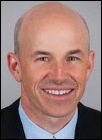


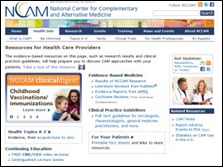
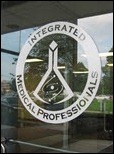


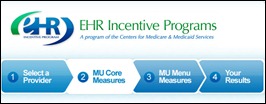




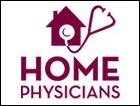


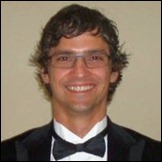

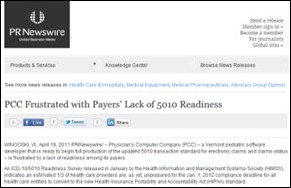

Re: Walmart Health: Just had a great dental visit this morning, which was preceded by helpful reminders from Epic, and…